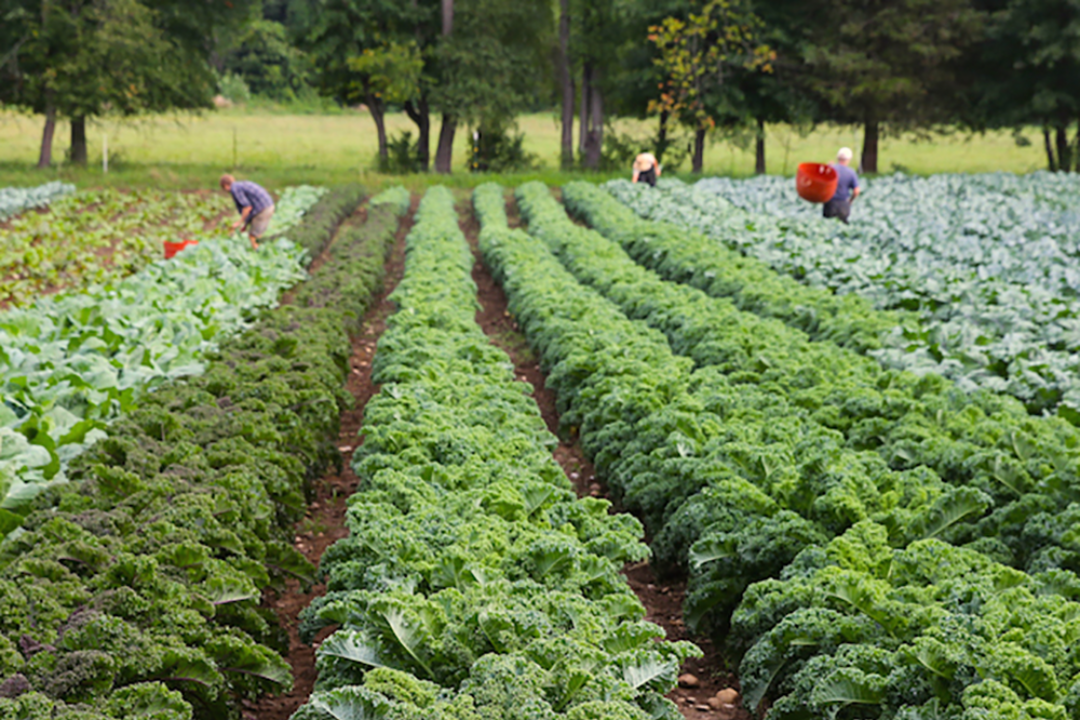Colleges and Cash Crops – Creating New Revenue Streams

By \ October 13, 2017
For several years, colleges big and small have faced tough economic times. Tuition rates continue to rise, leaving many to offer unprecedented tuition discounts to a pool of students that’s smaller than years before.
Many schools have gone through desperate appeals and controversial action to stay open. In the case of Sweet Briar College, the alumnae came to the rescue at the 11th hour. Fisk University, on the other hand, saw no alternative but to sell-off of pieces from its prized art collection.
But the news isn’t all bad. Many colleges are adapting to the new economic realities of higher education, making untraditional — and often unexpected — moves to keep their doors open and tuition competitive.
From Classroom to Farm to Table
At small schools like Unity College, a liberal arts school with under 800 enrolled students, generating additional revenue is the only way to keep tuition costs low.
“You can’t function as a school, state or private, thinking there’s an endless supply of money,” said Unity College president, Melik Peter Khoury. “This idea of incrementally increasing tuition to infinity is a fool’s errand. So we started to think about, okay, how do we supplement the revenue for those of us who don’t have a billion-dollar endowment?”
Looking internally for additional revenue streams, the school eventually found a resource that’s been there for centuries: campus farms.
Seen by some as anachronistic, farming colleges have been a quiet part of American education for decades — when America took its first tentative steps as a nation, many colleges had on-site farms to help feed their students, staff, and faculty.
At Unity College, students receive an education and real-life experience in the farm industry – and credits toward their degrees. The college produces income by growing, harvesting, and selling produce — and even livestock — to local markets, restaurants, and the general public. It’s a win for the school, its students, and the local community, who get fresh food at affordable prices, while also helping the college.
But what if a college doesn’t have direct access to tractors, seeds, and acres of farmland? What’s their cash crop?
Taking Products to Market
At schools across the country, “technical incubators” have served as a launch pad for businesses representing industries across the spectrum.
Open to students from a variety of disciplines – from business to tech to communications – the incubators provide living space, laboratories, and top-shelf resources to help students develop market-ready products.
The benefits of incubators are significant. The finished products and success stories generated by these incubators bring attention to the school while boosting brand visibility and reputation – which in turn drives enrollment and bolsters alumni relations.
They also generate much-needed income. For example, Wayne State University created an incubator known as Tech Town. The venture raised a total of $3,964,627 for the university in 2016.
At the Johns Hopkins University’s Applied Physics Lab, researchers developed a prosthetic arm that can be controlled by a user’s brain. While the arm is still undergoing a variety of tests with patients, the lab has begun to search out possibilities of collaborating with industry partners to bring this technology to market within several years.
Reviving Abandoned Efforts
Institutions have also turned inward for revenue generation.
Take the case of Franklin Pierce, a small university located in Rindge, NH. The school’s political polling operation had been abandoned during the recession of 2008. But in 2016, Marketing Director James Wolken sought to revive it to generate income and help the college’s reputation and brand at the same time.
While the trustees were hesitant, school President Andrew H. Card backed the idea. (It didn’t hurt that Card had been a chief of staff during the last Bush administration.) Using this established operation and Card’s network, the school struck a deal with The Boston Herald to make the school a private pollster. The latest presidential campaign was exactly what the operation needed.
Along with the revenue generated by the partnership, Franklin Pierce received free publicity and brand recognition – and saw almost double the number of undergraduate applications.
Advertising Partnerships
Announced just weeks ago, dozens of schools across the country have partnered with Snapchat to create weekly Campus Publisher Stories that can be viewed through their channels only. With ads served between content, advertising dollars will be split between the company and the school.
The partnership isn’t just about selling ad space, it also gives student journalists an incredible opportunity to work with a thriving media channel and learn how to create the type of content that’s shaping journalism’s future.
Finding Your Cashcrop
Schools across the country are realizing that, in order to keep their doors open, it’s time to find additional revenue streams. Finding these revenue streams seems to come down to what resources are available.
While farming is a profitable and sustainable practice for Unity College, it’s not going to help the far bigger Wayne State University much. On the flip side, Wayne State University can use its size and connections to support a profitable tech incubator.
Identifying these alternative income streams will take time, and monetizing them will take work – with the development of a marketing strategy and web presence included — but as these schools have shown, potential cash crops may be worth the effort come harvest time.